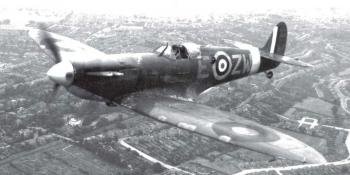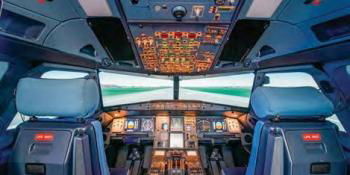From a small municipal field championed by Pan American Airways to today’s bustling gateway to the Sunshine State. Kevan James details the evolution of Miami International Airport, as the Floridian hub begins building for the future.
When Airports of the World last visited Miami International (MIA) in November 2010, it was putting the final touches to a $6.2bn decade-long refurbishment programme to bring the facility up to the standards required at the time. Known as the Capital Improvement Program, it included a new runway, located on the north side of the airfield, which swept away some of MIA’s most well known and historic areas. Fast-forward almost another decade and the phrase is once again ringing in Miamian ears.
The northern edge of the current airfield was where it all began, when pioneering carrier Pan American Airways (Pan Am, later Pan American World Airways) opened its own facility in 1928 to serve the city. Known unsurprisingly as Pan American Field, the original buildings were constructed along 36th Street on its northern perimeter, with four runways to the south. Railway lines separated the airfield’s southern boundary from Miami Army Airfield – a US Army Air Force base.
With the arriv…






